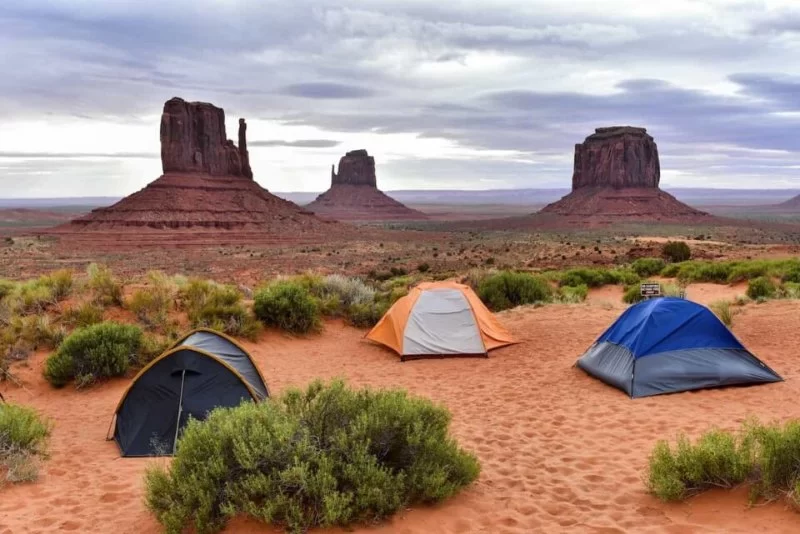- 1 - understanding-dispersed-camping-in-the-united-states
- 2 - best-tools-and-resources-to-find-free-campsites
- 3 - popular-areas-for-dispersed-camping-across-the-country
- 4 - safety-and-responsibility-in-dispersed-camping
- 5 - personal-experiences-and-real-life-camping-stories
Understanding Dispersed Camping in the United States
Dispersed camping refers to camping outside of designated campgrounds, typically on public lands managed by agencies like the U.S. Forest Service or Bureau of Land Management (BLM). Unlike paid campgrounds, these spots are usually free, offer a raw connection to nature, and come without the amenities of formal sites. Many campers are drawn to dispersed camping because of the freedom to choose their location, the peaceful solitude, and the ability to immerse themselves in remote landscapes far from crowds. However, this style of camping also demands self-sufficiency, as there are often no restrooms, trash services, or running water available.
Best Tools and Resources to Find Free Campsites
Finding free dispersed camping spots across the United States is easier than ever thanks to modern mapping tools and online communities. Websites like FreeCampsites.net, iOverlander, and Campendium allow campers to search for locations, read reviews, and even view photos from other travelers. Many seasoned campers also recommend using Google Maps satellite view to scout for accessible areas near public land boundaries. For those who prefer official sources, checking U.S. Forest Service and BLM websites provides accurate information about camping regulations, seasonal closures, and road conditions. If you’re looking for curated advice and recommendations tailored to your needs, Pine Cliff Resort offers guides that highlight the most scenic and accessible dispersed camping locations across the country.
Popular Areas for Dispersed Camping Across the Country
The variety of landscapes in the United States means there’s a dispersed camping spot for every type of adventurer. In the Rocky Mountains, Colorado offers breathtaking high-altitude sites with mountain vistas and cool summer temperatures. The deserts of Arizona and Utah provide surreal red rock formations and wide-open skies perfect for stargazing. In the Pacific Northwest, forests in Oregon and Washington offer lush, mossy escapes that feel worlds away from urban life. The Midwest also has hidden gems, like the remote areas of Michigan’s Upper Peninsula, where you can camp by pristine lakes with hardly another person in sight. No matter the region, always check local guidelines to ensure the area permits dispersed camping and to avoid private land.
Safety and Responsibility in Dispersed Camping
With the freedom of dispersed camping comes the responsibility to protect the land and stay safe. Always follow Leave No Trace principles: pack out all trash, avoid damaging vegetation, and camp at least 200 feet from lakes or streams. Fire safety is critical, especially in dry seasons—use established fire rings when possible and be aware of fire restrictions. Travelers should also be prepared for changing weather, wildlife encounters, and limited cell service. Carrying a first-aid kit, enough food and water, and navigation tools is essential for a safe trip.
Personal Experiences and Real-Life Camping Stories
One memorable example comes from a group of friends who ventured into the Sierra Nevada for a weekend getaway. Using a mix of satellite maps and online forums, they found a secluded ridge overlooking a valley of wildflowers. The trip wasn’t without challenges—navigating rough dirt roads and managing without cell service tested their preparation—but the reward was a sunset view so stunning it felt like a private show. Stories like these are why so many campers embrace dispersed camping: the unpredictability adds to the adventure, and the moments of pure solitude make every bit of planning worthwhile. Whether you’re a seasoned traveler or a first-timer, resources like Pine Cliff Resort can help you discover spots that match your skill level, travel style, and scenic preferences.







